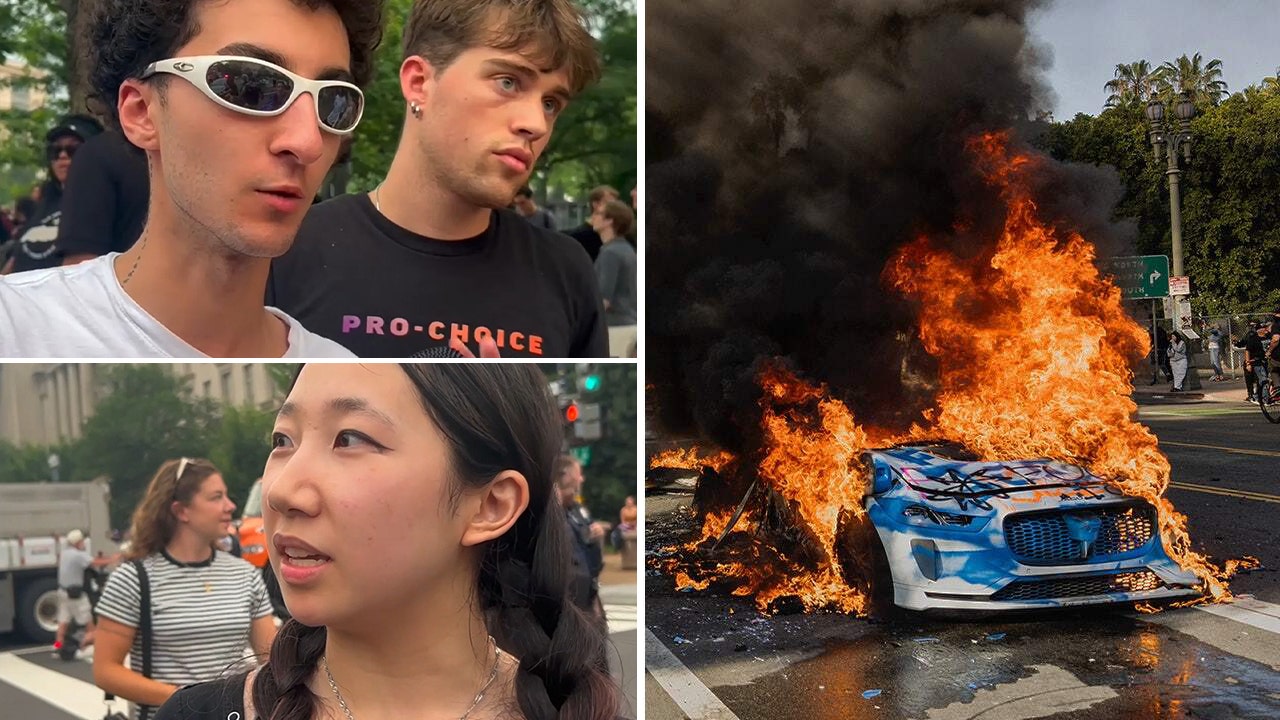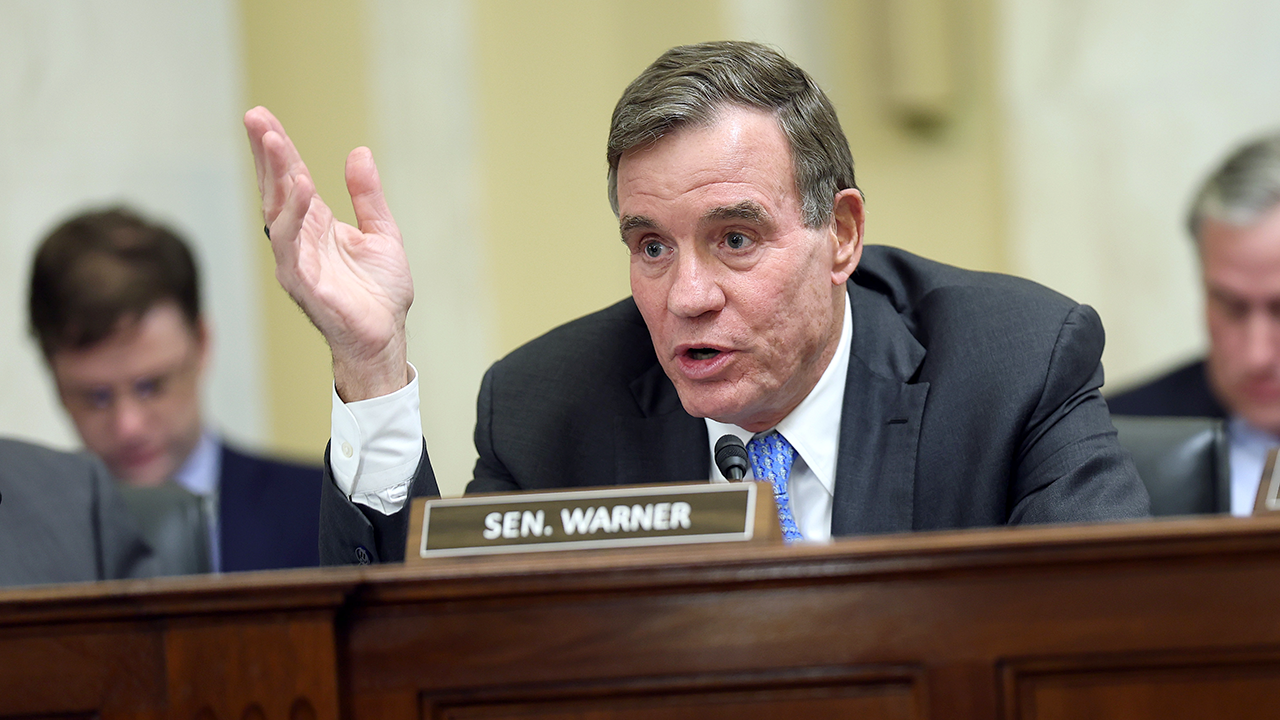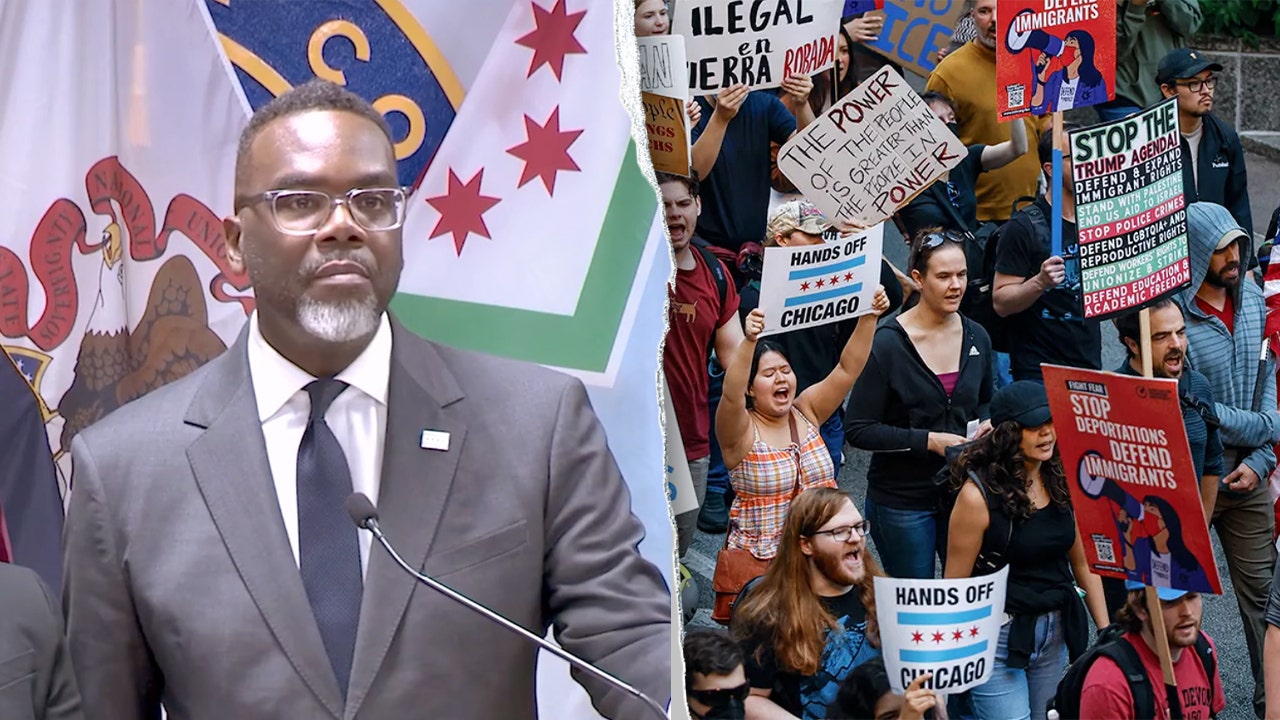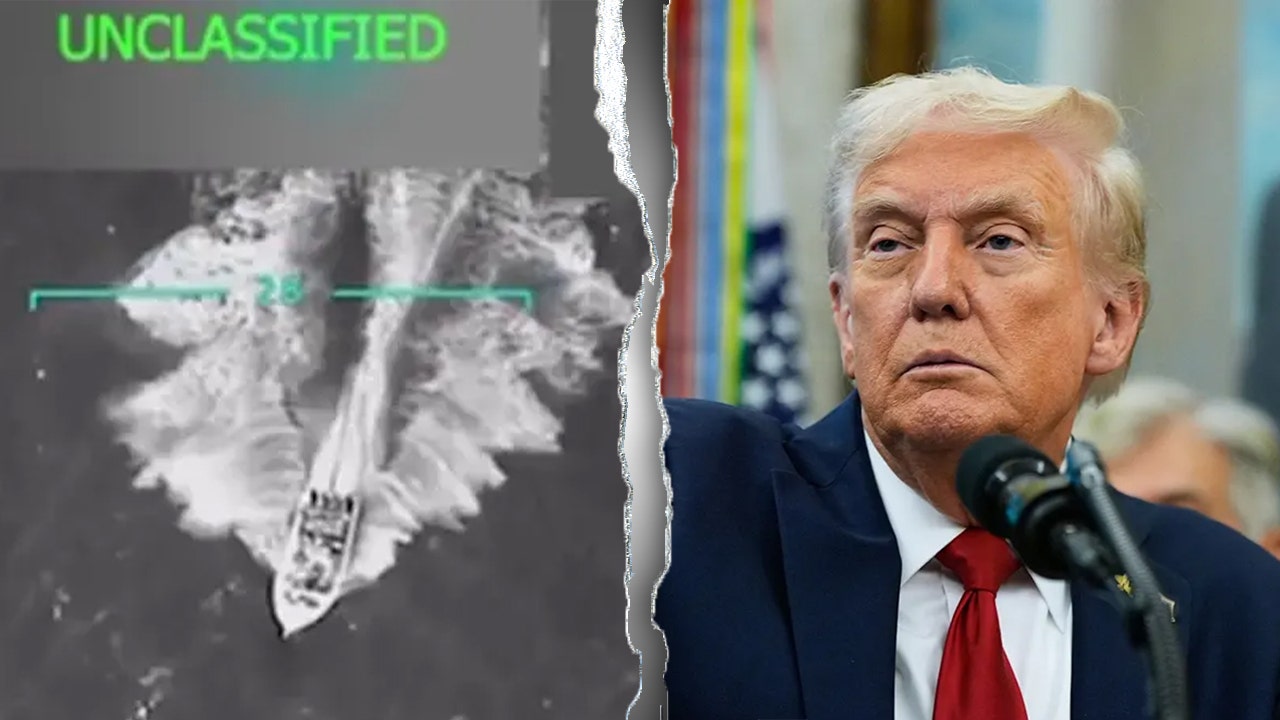DC protesters justify violent tactics being seen at anti-Trump riots

Protesters outside Saturday’s military parade in Washington, D.C., did not explicitly condemn the violent tactics used at recent anti-Trump protests across the country. Instead, some expressed support for those who engaged in aggressive actions, such as throwing rocks, in cities like Los Angeles.
One protester, who chose to remain anonymous, emphasized his belief in exercising his constitutional rights and supporting the First Amendment. He stated, “I’m following my constitutional rights, I’m out here just simply saying what I want to feel. No one here is being violent. As you can see, there’s been no conflict.”
When questioned about the potential conflation with violent protesters, he replied, “I mean if they want to violate the Constitution, that’s on them. I can’t worry about that. I believe in this Constitution, I’m going to live by it, I’m going to support my First Amendment.”
Another protester openly endorsed the use of rocks as a form of protest, as long as no one was harmed in the process. He justified his stance by stating, “Honestly – they have a right to be angry. They have a right to do what they feel like they need to do to stop this issue, to stop fascism.”
The demonstrations in Los Angeles and other cities saw instances of violence, including the destruction of property and clashes with law enforcement. While some protesters in D.C. disavowed violence, they acknowledged the deep-seated anger and frustration that fueled such actions.
One protester noted, “I personally won’t do that, but I can understand after all of this, like, people are fed up. People are fed up with how the government has been treating people.”
Another protester attributed the escalation of violence to the divisive policies of President Trump. She stated, “What Trump is doing, he knows the polarization and the anger he’s causing, so this is all part of his game plan. He wants to cause a rise out of people.”
While some protesters believed that aggression was necessary for change, others cautioned against being overly abrasive. One protester named Sophie expressed her belief that while history has shown the effectiveness of aggression in certain situations, it may not always be the best approach.
In conclusion, the protests outside the military parade highlighted a complex mix of viewpoints on the use of violence as a form of protest. While some supported aggressive tactics, others emphasized the importance of peaceful dialogue and understanding in effecting change. The diverse perspectives underscored the deep-rooted frustration and anger prevalent in today’s political climate.




